
As Easter approaches, and with it the arrival of the Easter Bunny, LIFE has pulled these unpublished bunny photos from the archives. Exactly what is going on in the pictures, however, remains a mystery.
At some point around 1943, LIFE magazine sent a photographer to cover a Long Island Rabbit Breeders Association show. Why exactly the publication commissioned this shoot, a literally fluffy diversion, just as the nation was in the throes of World War II, is lost to time — no contact sheets, no notes or captions were saved, and the photographs were not published by the magazine. All that can be said is that the event was clearly hoppin’ , as the above photos show.
However, while these rabbits seem to have been pampered pets bred for show, one possible reason why rabbit breeding might have been pursued at the time was a lot more practical.
“During the wartime era, when meat was rationed, rabbit breeding was promoted by the USDA as an inexpensive way to raise meat for your own family,” says Margo DeMello, anthropologist and president of the House Rabbit Society, who co-authored Stories Rabbits Tell: A Natural and Cultural History of a Misunderstood Creature. “Many breeders sell them as meat and pets, and that was certainly the case in the ’40s, so these rabbits shows would’ve appealed to both audience.”
Of course, the history of cuniculture — the agricultural practice of breeding and raising domestic rabbits — goes back much further than that, however. The Romans kept rabbits in walled gardens known as leporaria. Since rabbit meat was thought to be an aphrodisiac and fertility aid for women, rabbit breeding was a female-dominated industry. “Men would be responsible for larger animals, and women would be responsible for smaller animals that could be raised at home, closer to the children,” says DeMello, whose nine rabbits reside in their own wing of her home with their own private courtyard outside Albuquerque, N.M. (alongside six chihuahuas, three cats and a parrot).
And, though the WWII push for rabbit consumption might freak out the Easter bunny, breeding rabbits as food does have Easter-time roots. Catholic monks in southern France are believed to have been some of the first people to domesticate rabbits, and are said to have popularized the practice at their monasteries throughout the Middle Ages, at which point the church apparently considered the ancient delicacy of “laurice” — rabbit fetuses or newborns — more like fish than animal meat, thus allowing them to be eaten during Lent.



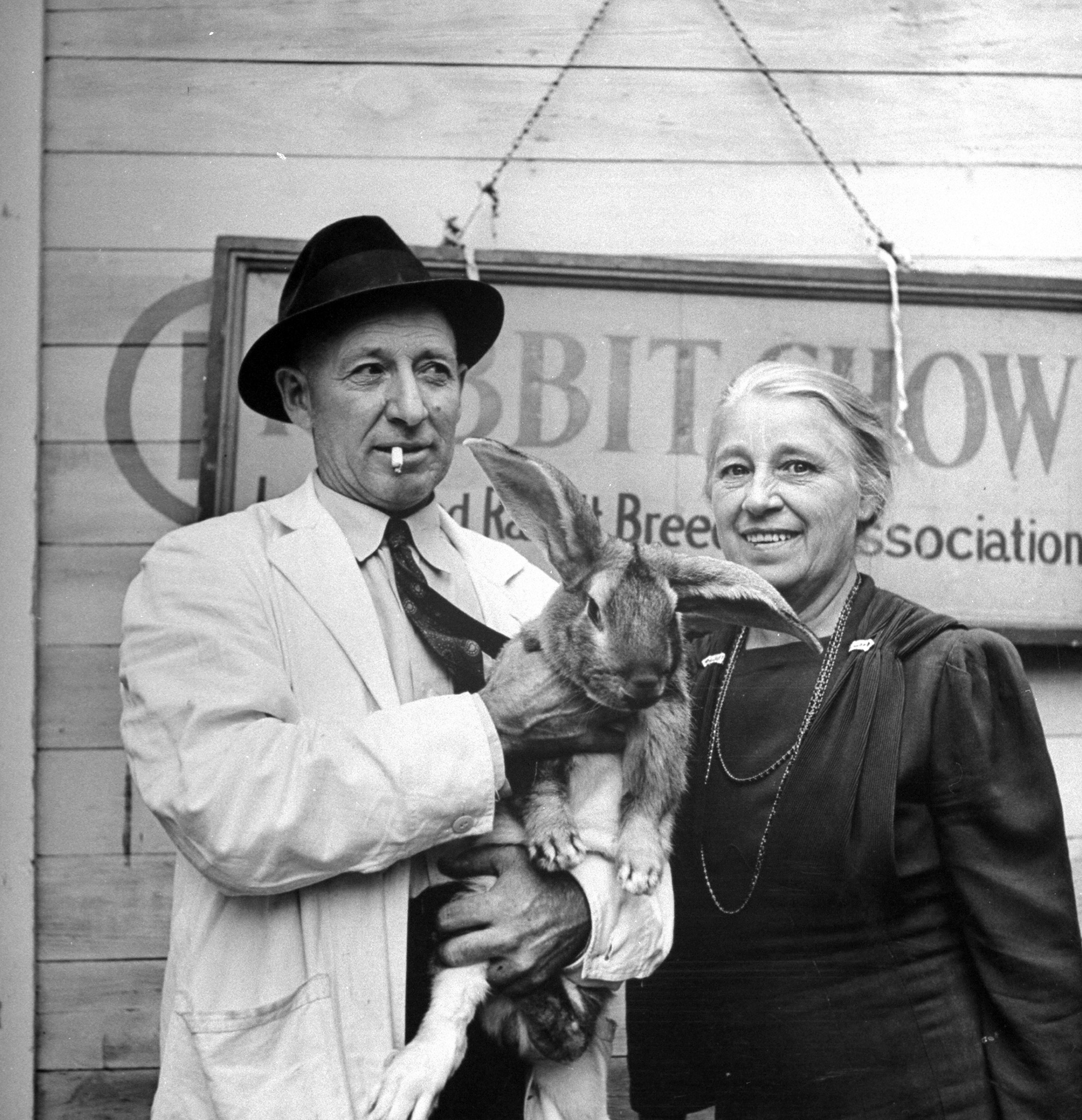
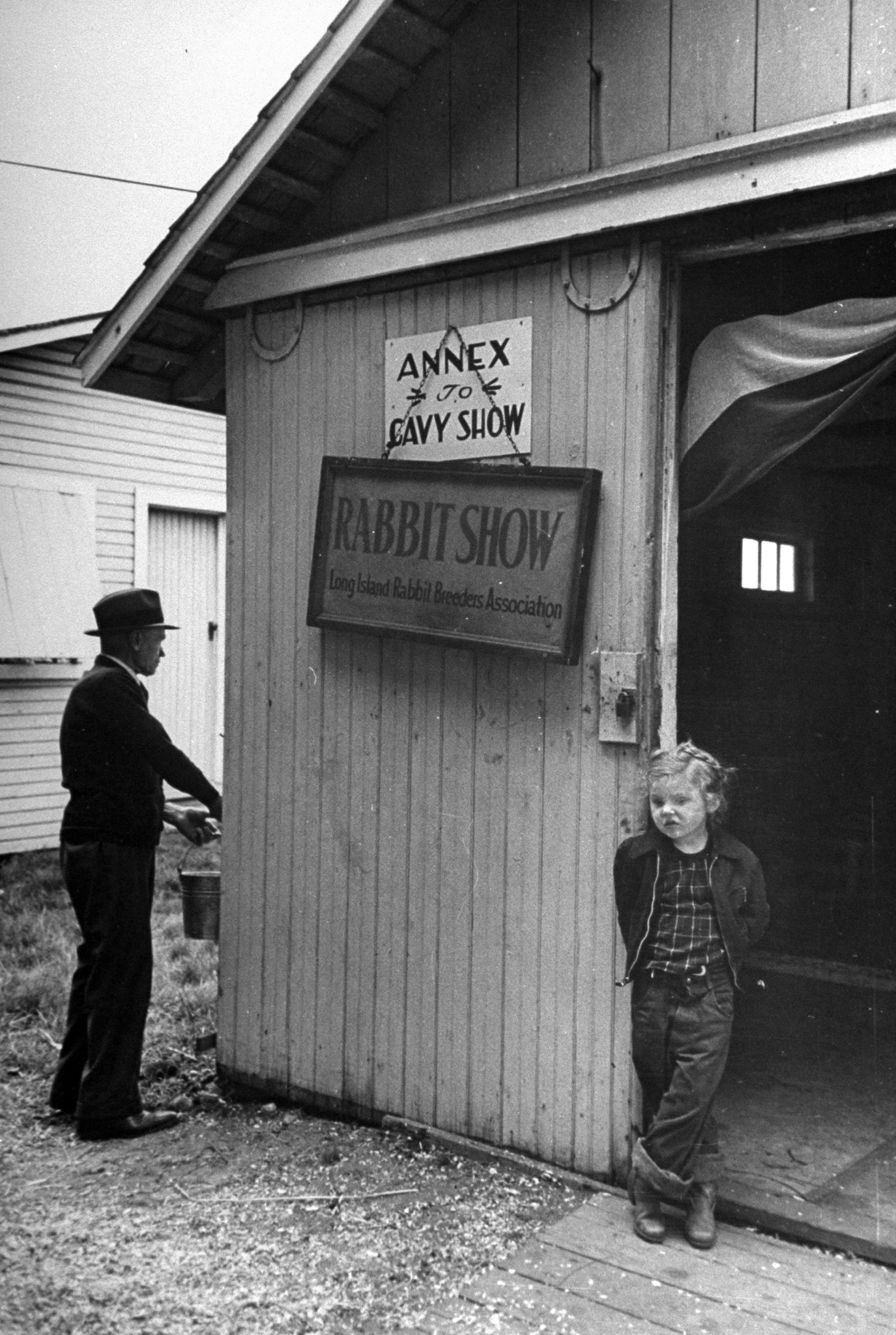
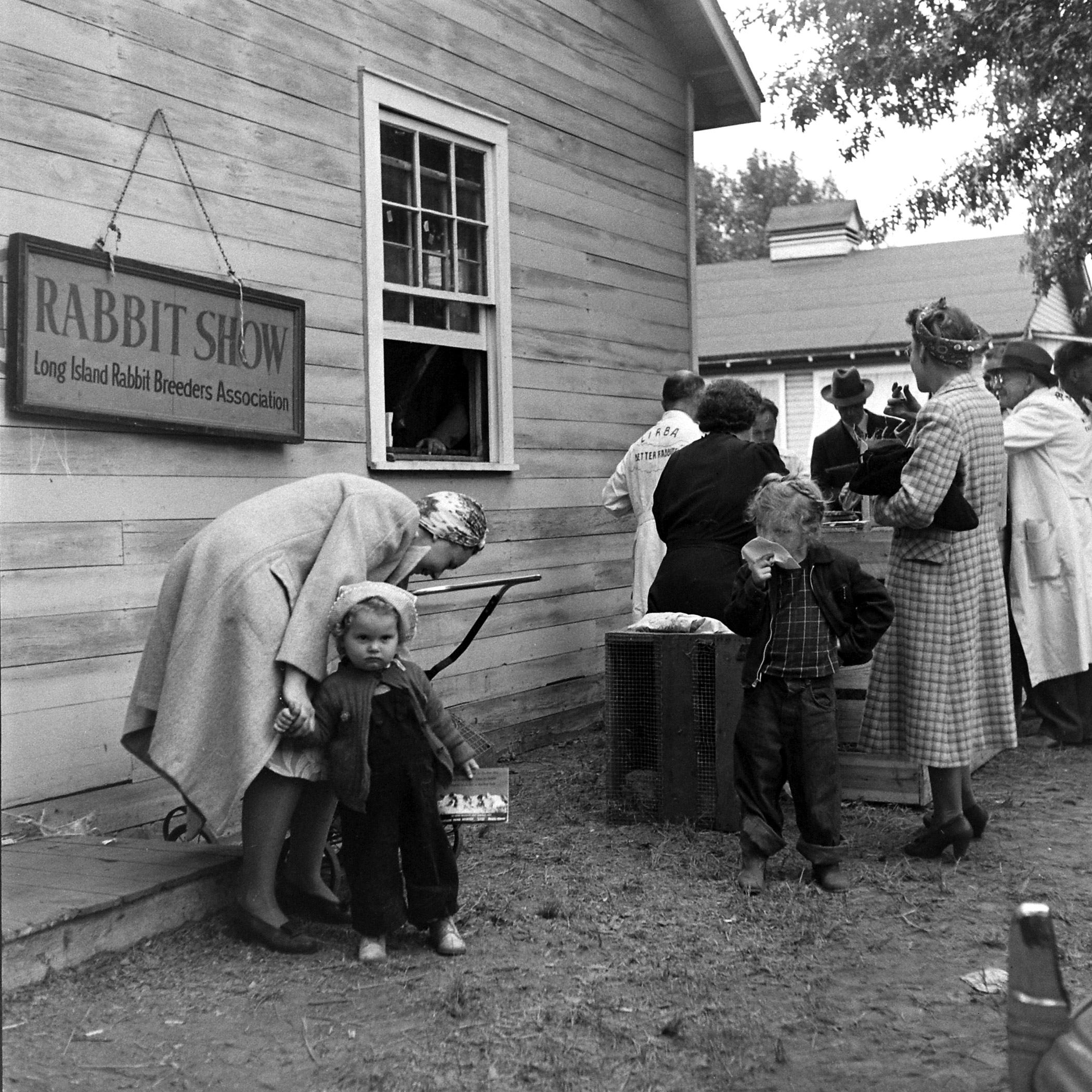
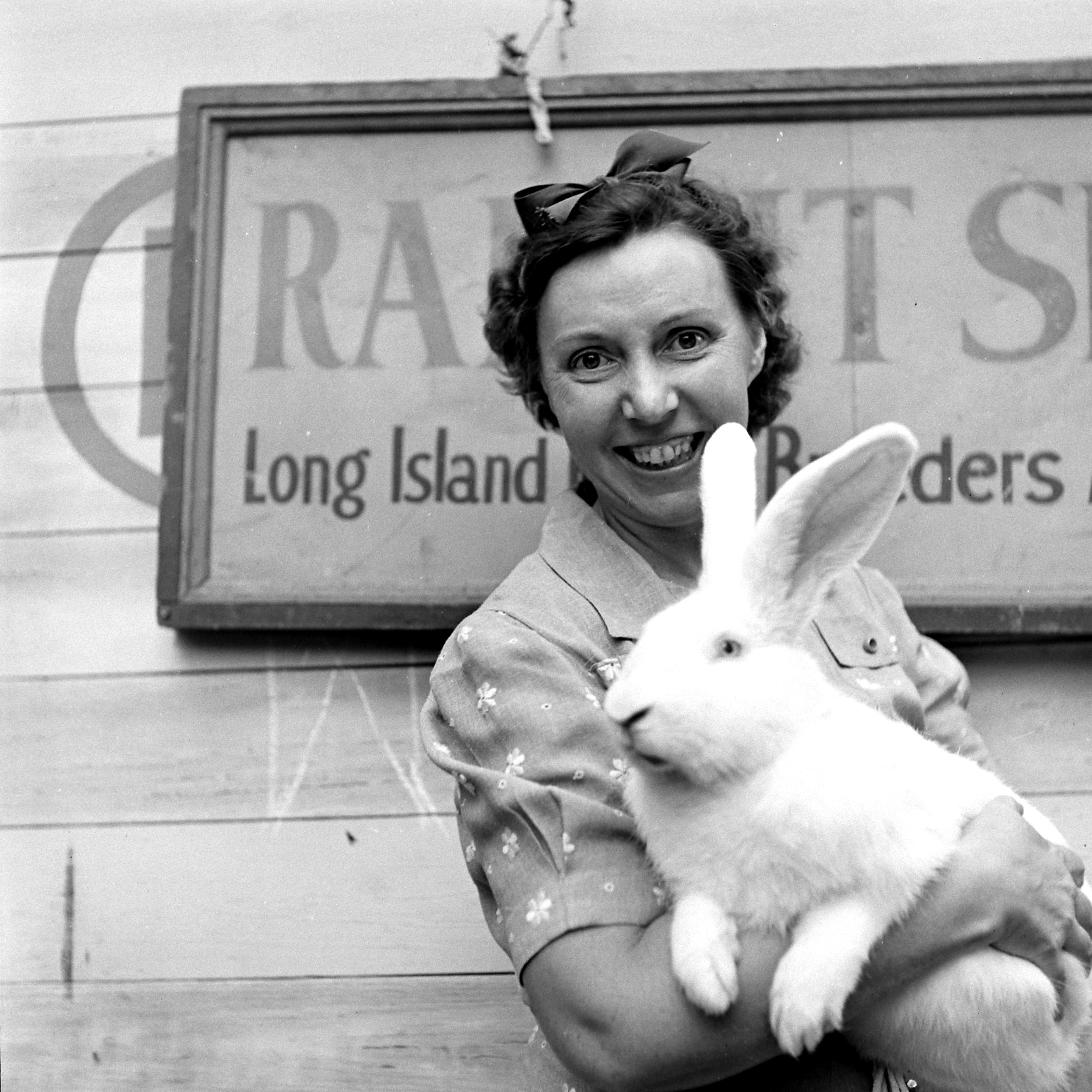
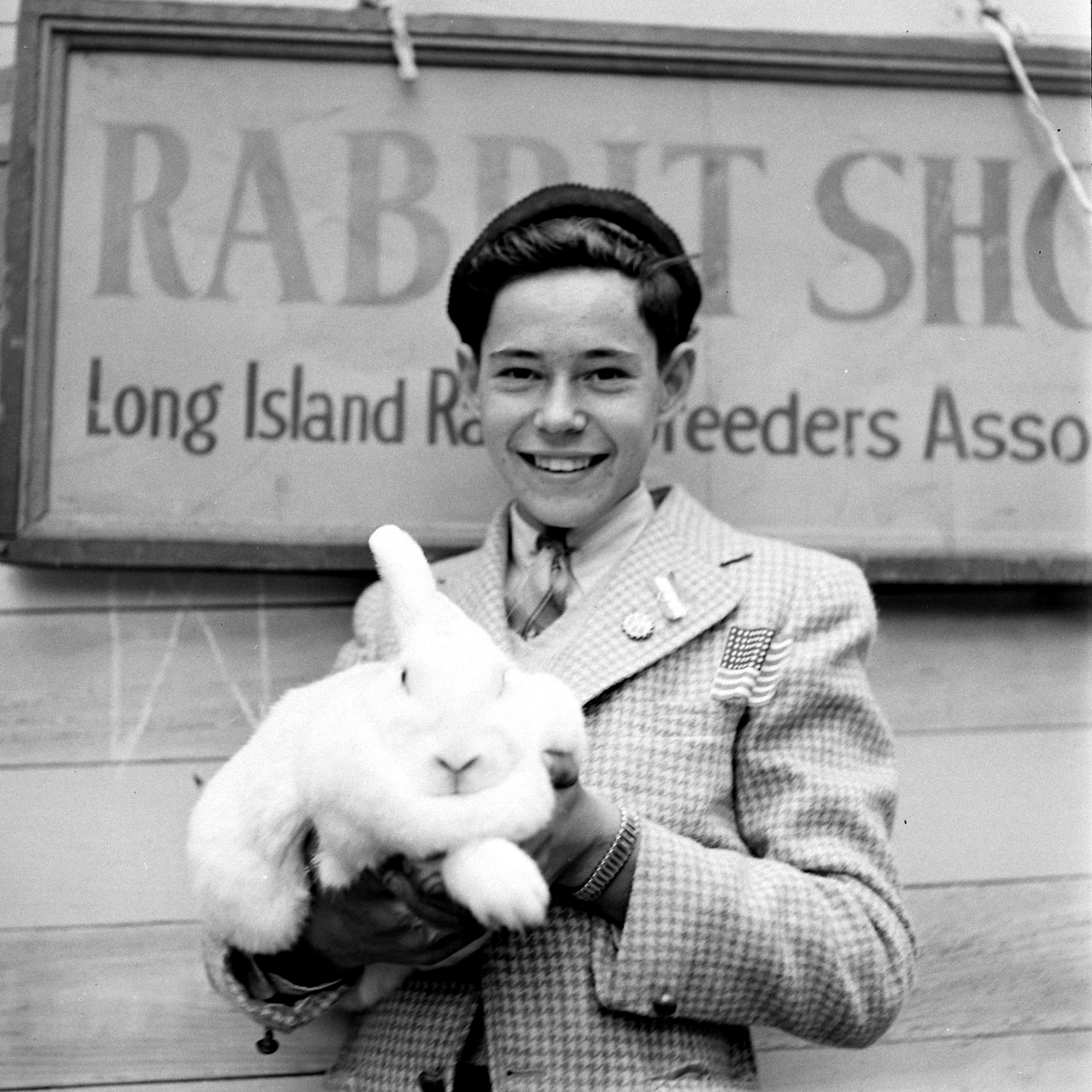
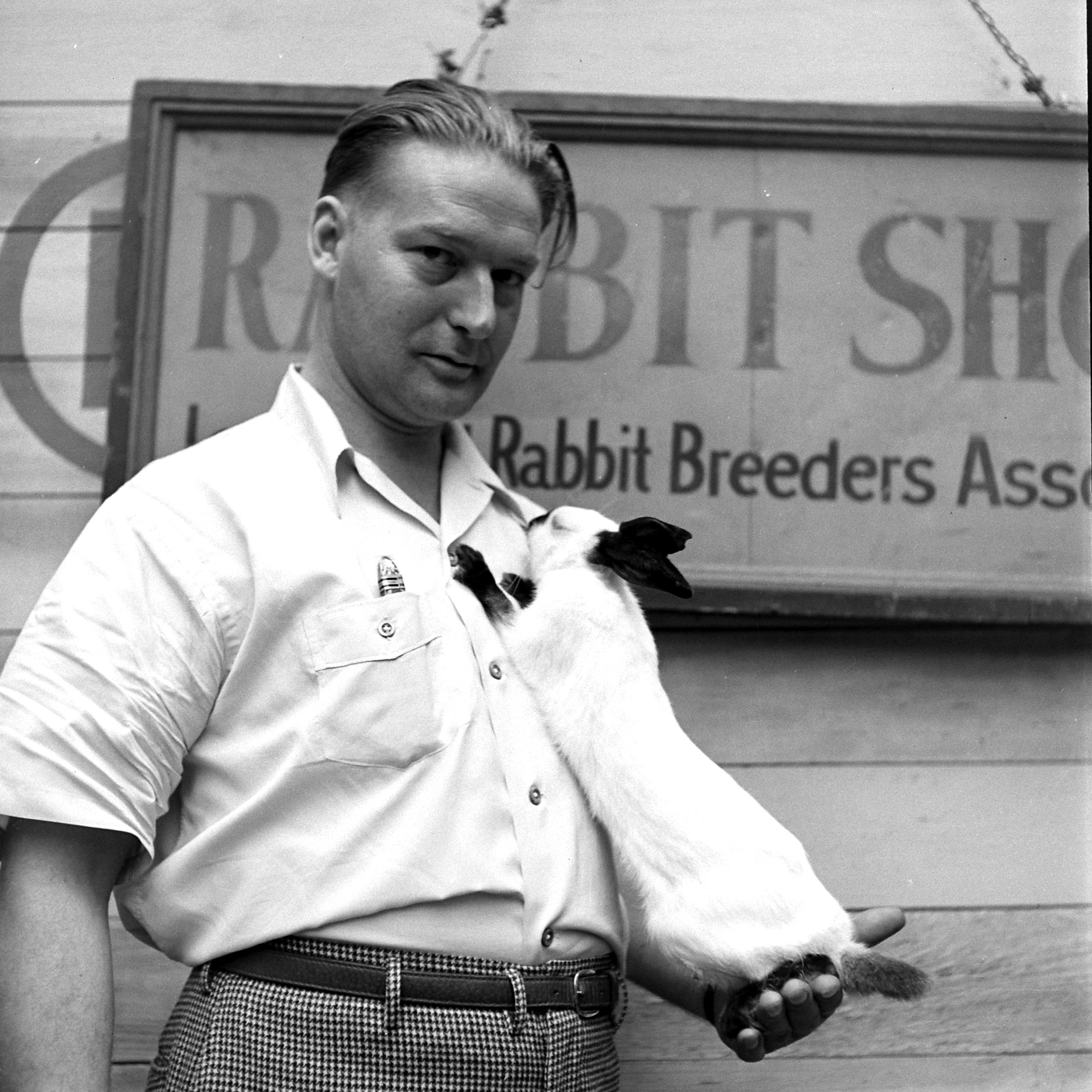



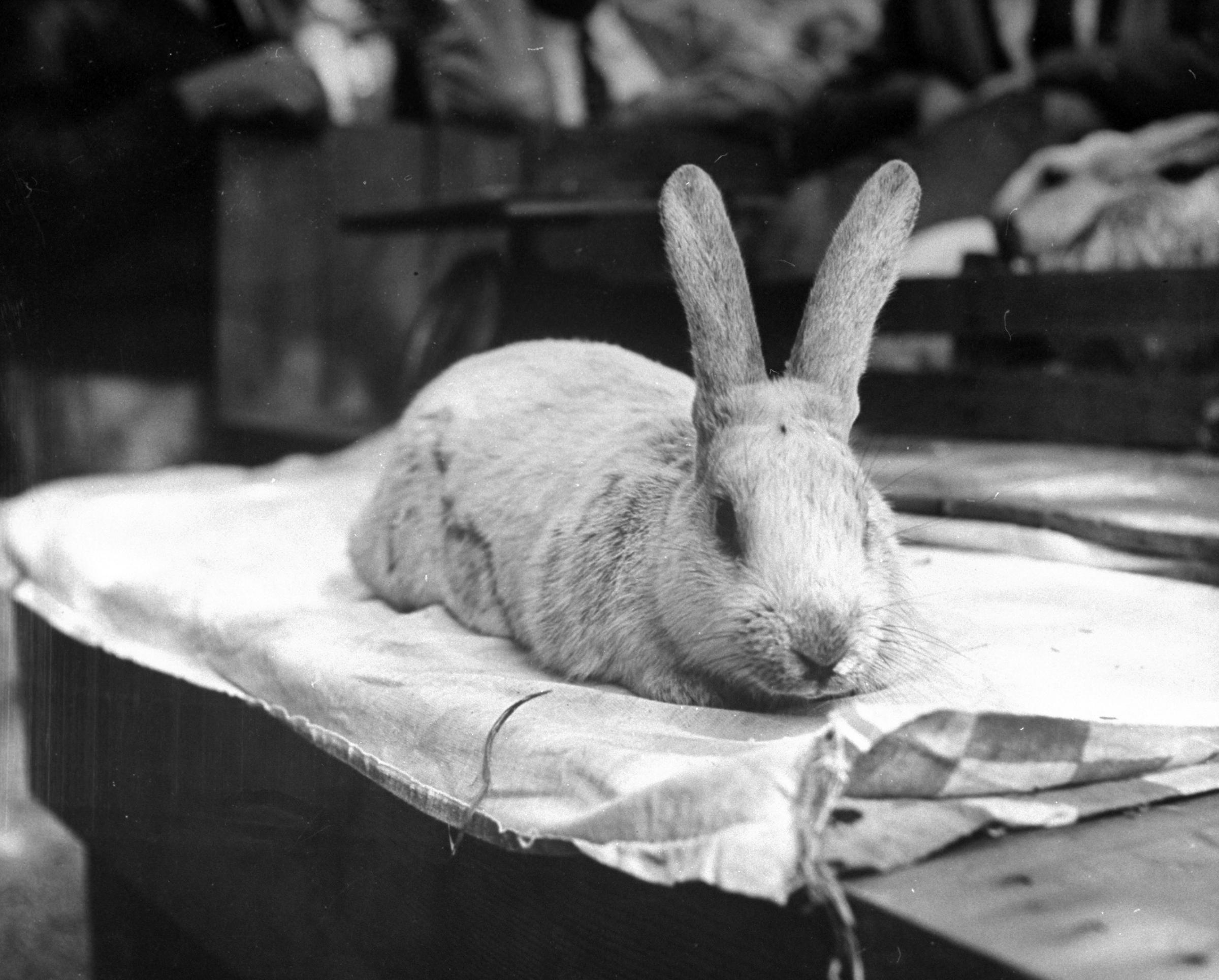
More Must-Reads from TIME
- Donald Trump Is TIME's 2024 Person of the Year
- Why We Chose Trump as Person of the Year
- Is Intermittent Fasting Good or Bad for You?
- The 100 Must-Read Books of 2024
- The 20 Best Christmas TV Episodes
- Column: If Optimism Feels Ridiculous Now, Try Hope
- The Future of Climate Action Is Trade Policy
- Merle Bombardieri Is Helping People Make the Baby Decision
Write to Olivia B. Waxman at olivia.waxman@time.com